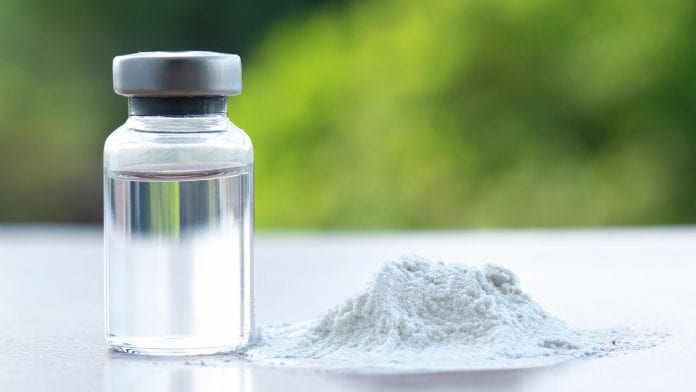
To this day there is no known cure for either autism or Tourette’s syndrome, however, new research has revealed how a common anaesthetic could open up pathways to new treatments.
Lancaster University researchers have discovered, for the first time, how a genetic alteration that increases the risk of developing autism and Tourette’s impacts on the brain.
Based on the revelations, published in Cerebral Cortex, the researchers suggest that ketamine may hold the potential as a useful treatment for both autism and Tourette’s.
The researchers have shown how genetic deletion of a chromosome – known as chromosome 2p16.3 – can cause developmental delay and learning difficulties. They have also shown that people who have this deletion are around 15 times more likely to develop autism, and 20 times more likely to develop Tourette’s Syndrome.
Currently, the mechanisms involved are not completely understood.
Autism affects an estimated 2.8 million people in the UK while Tourette’s Syndrome affects an estimated 300,000 people in the UK. Recent research has shown that these disorders are genetically linked.
Treatments available for both disorders are limited, and new ones are urgently required.
Deletion of 2p16.3
Neuroscientists have shown that 2p16.3 deletion (Neurexin1) impacts on the function of brain regions involved in both conditions – this genetic deletion disrupts a brain area known as the thalamus, compromising its ability to communicate with other brain areas.
Lead researcher Dr Neil Dawson of Lancaster University said: “We currently have a very poor understanding of how the 2p16.3 deletion dramatically increases the risk of developing these disorders.
“However, we know that the 2p16.3 deletion involves deletion of the Neurexin1 gene, a gene that makes a protein responsible for allowing neurons to communicate effectively.”
Ketamine as potential therapy
In the study the researchers found that the ability of the thalamic brain regions to communicate with other brain areas was impaired by the genetic deletion.
They tested the ability of a low dose of the drug ketamine, a drug used clinically at higher doses as an anaesthetic, to normalise the alterations in brain function induced by the genetic deletion.
Dr Dawson said: “Intriguingly our data suggest that ketamine can restore some aspects of the brain dysfunction that results from 2p16.3 deletion and suggests that ketamine, or other related drugs, may be useful in treating some of the symptoms seen in autism and Tourette’s.
“The brain circuits affected suggest that these drugs may be particularly useful for the cognitive and motor problems experienced by people with these disorders.
“Ketamine was shown to normalise activity in the thalamic regions found to be hyperactive as a result of the genetic deletion, and re-established the ability of these regions to communicate with other brain areas.”
This suggests that ketamine may be a useful treatment for people with 2p16.3 deletion or with autism and Tourette’s Syndrome, although more research is needed.
Dr Dawson continued: “While this data gives us important new information on the brain circuits affected by 2p16.3 deletion, and of the potential usefulness of ketamine to help people with autism and Tourette’s, much more research needs to be conducted to prove its clinical potential.
“The findings of this study give us important clues regarding the types of drugs that may be useful in the treatment of these disorders, and we are using this information to actively pursue the validation of these drugs for the potential treatment of these disorders.”










Just saying this is stupid autism isn’t an illness it doesn’t need treating